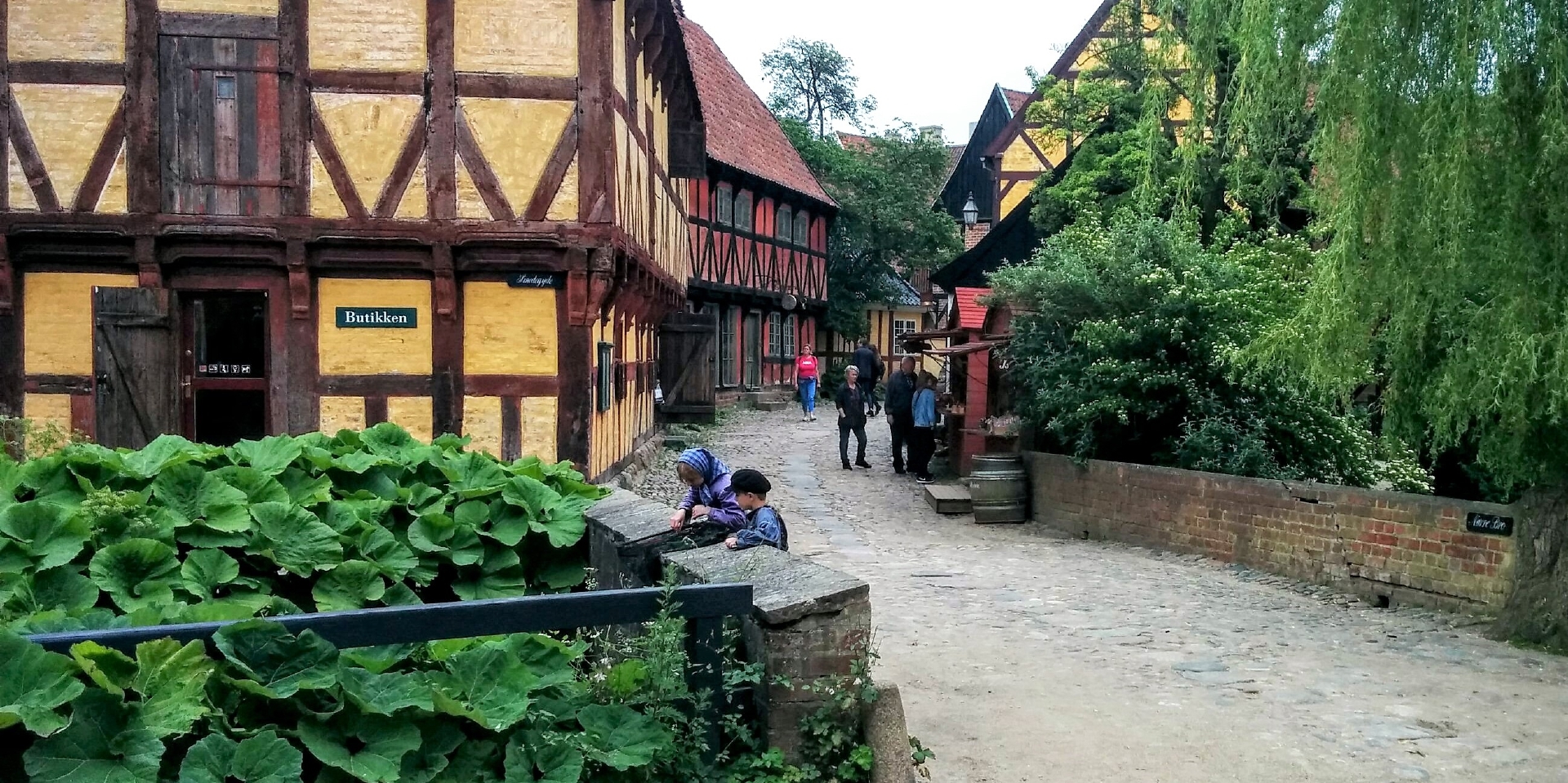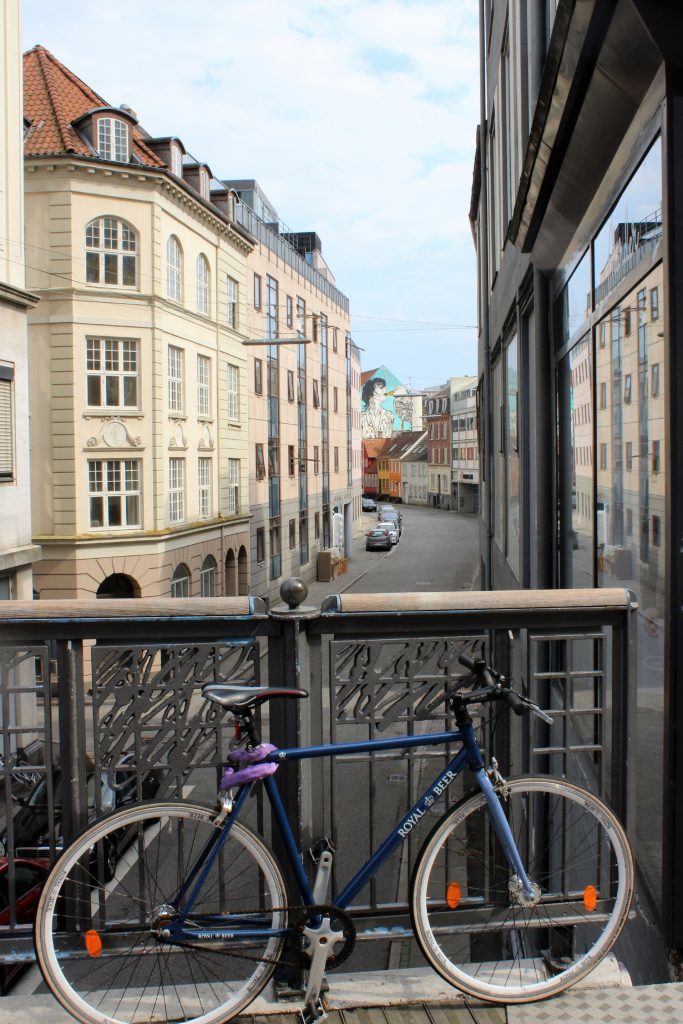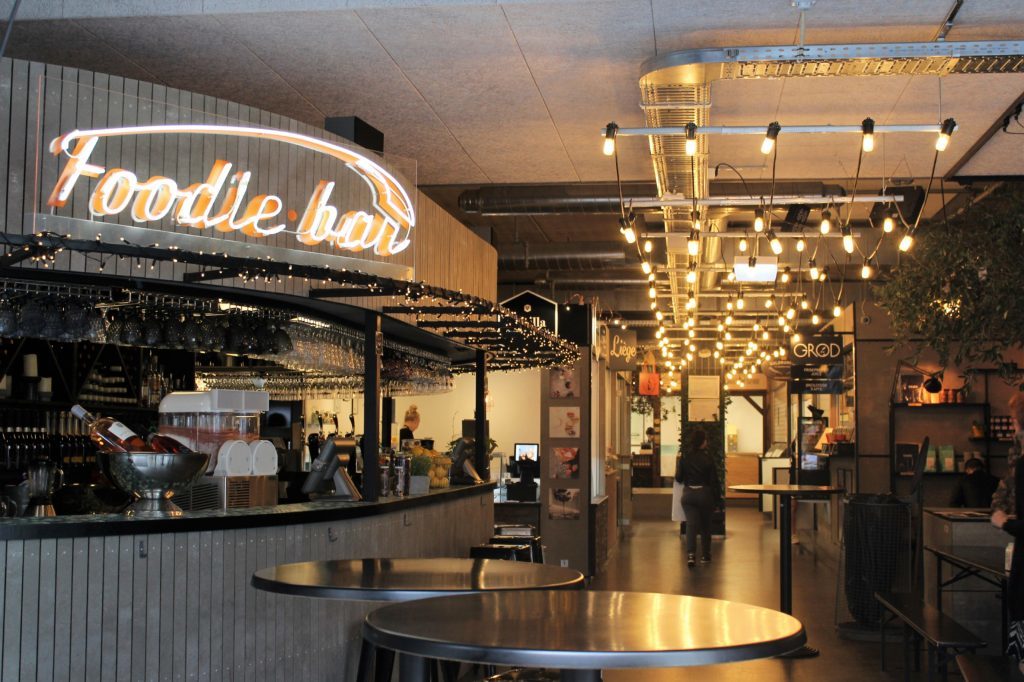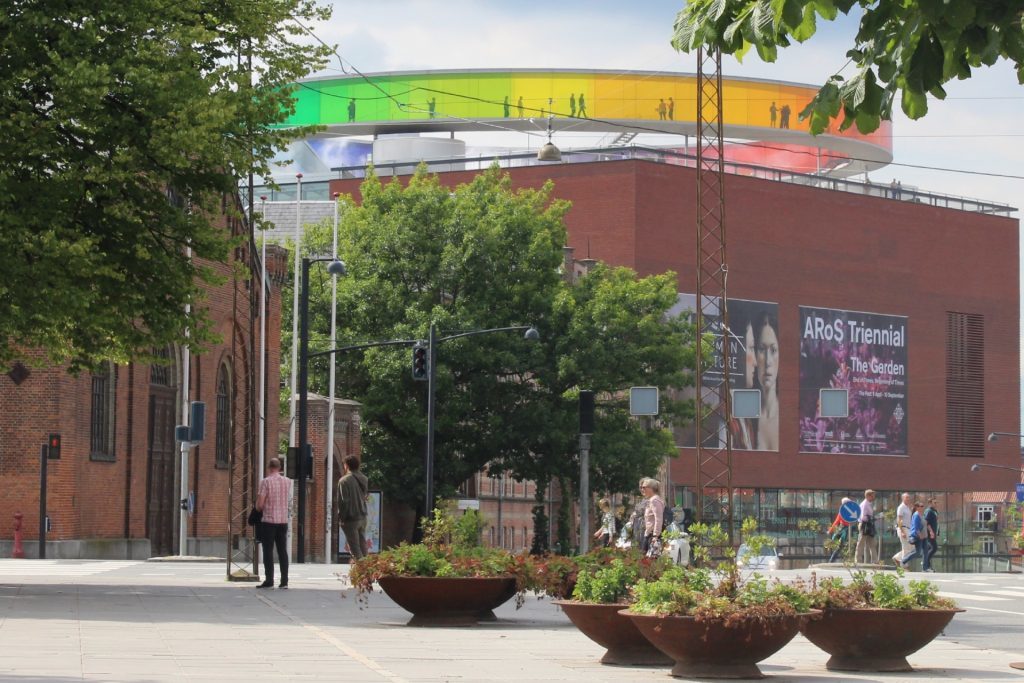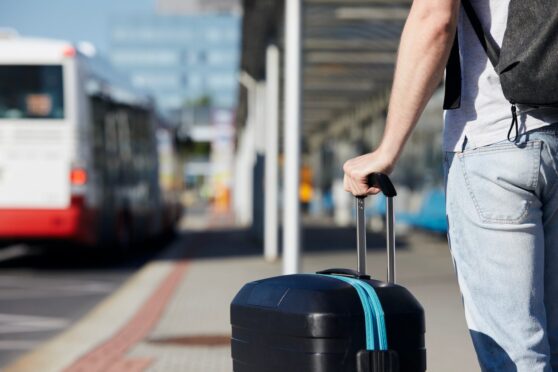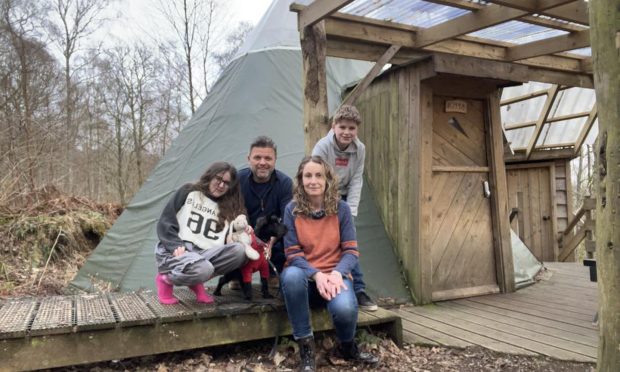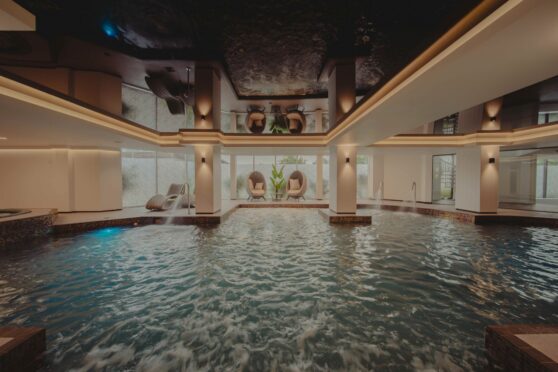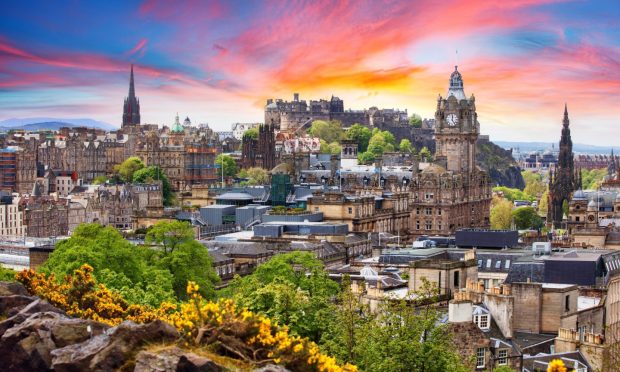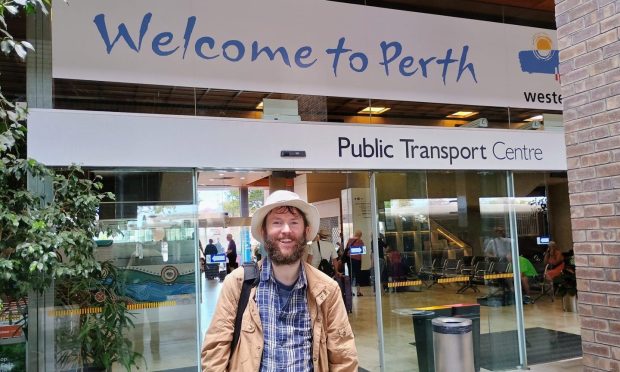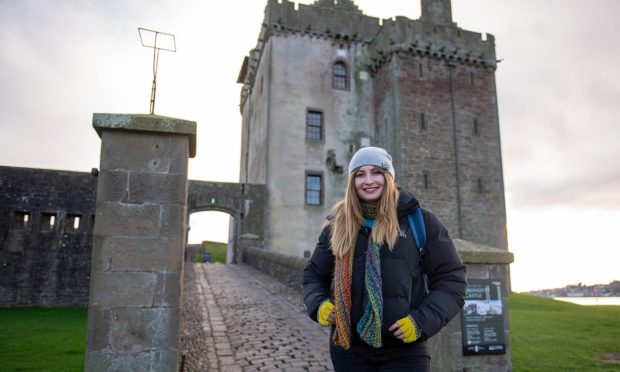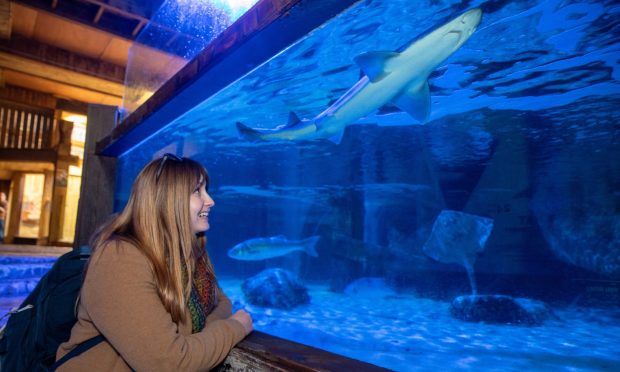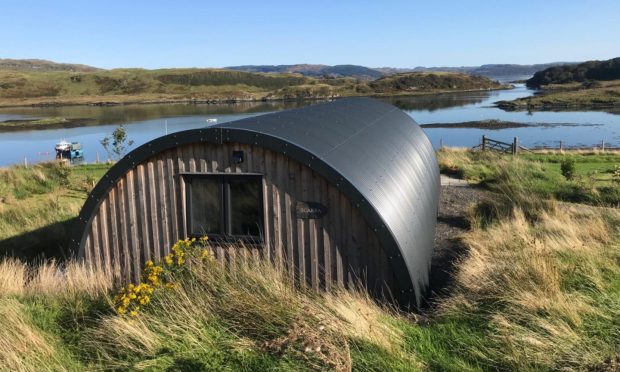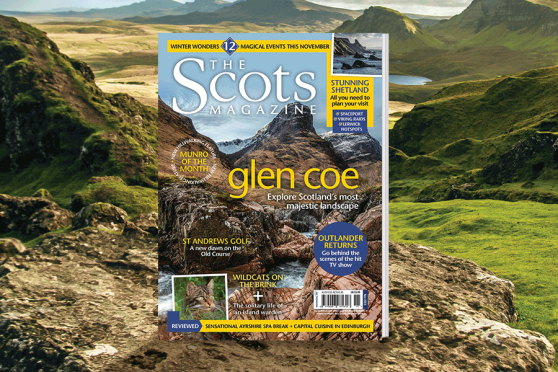It’s easy to feel at home in Aarhus. At least it is for a Dundonian. Strolling through a compact city centre with pedestrianised shopping areas, then down to a waterfront in the throes of colossal redevelopment.
There is another link. While it’s 70 days before Dundee’s bid to go forward to the next round of judging for European Capital of Culture 23, Aarhus is now in the eight month of its year as Aarhus 2017 – European Capital of Culture.
It’s the second-largest city in Denmark and sits around three hours north-west of Copenhagen, a scenic train journey that crosses two stretches of water via the island of Funen (Fyn in Danish).
The Art Deco-esque station concourse is an introduction to this stylish city that has never been shy of taking bold steps with its modern architecture and innovative in protecting its traditional buildings.
With so many hotels in the city centre, use a map and take a stroll rather than hopping into a taxi from the front of the station. If the walk veers left towards Sønder Alle, then one of the city’s most iconic buildings dominates the skyline.
The Aarhus Town Hall, with its distinctive 60m-high clocktower is a sign of strength, designed in 1937 by Arne Jacobsen and Erik Møller but built in 1941 in defiance of the city’s Nazi occupation.
The modernist architecture wasn’t universally appreciated at the time, but now it’s regarded as one of the most striking civic buildings, inside and out.
The Town Hall is backed by lush parkland and beyond that the sky is lit by a rainbow, no matter how the weather has been. This is a circular rainbow and sits high above the street – a colourful halo over the ARoS Aarhus Kunstmuseum, the city’s art gallery. What makes it so special is the moment when figures move through the colours, strolling slowly, children running, and parents pushing buggies high above the city. This is “Your Rainbow Panorama” and has been colouring the clouds since it was created by Danish-Icelandic artist, Olafur Eliasson in May 2011.
The gallery has is one of the centrepieces to the Capital of Culture events, with The Garden – End of Times; Beginning of Times. Looking at Past, Present, and Future the sprawling exhibition stretches over two floors at ARoS as well as a trail over around 4km of the city.
The culture of any destination is much wider than the arts of course, and Aarhus has seen a massive leap forward in food culture during the past year, perhaps in preparation for the increased influx of visitors than comes with the Capital of Culture title.
The fine dining is there of course, but like its Scandinavian neighbours, Denmark’s high-end restaurants can feel like a real extravagance in comparison to UK prices. It’s not something than many budgets will stretch to on every night of a break.
Fear not, no-one will go hungry. As well as a choice of affordable restaurants and traditional Danish pubs selling food, there are bars and restaurants lining Åboulevarden, on either side of the Aarhus river that run through the centre of the city.
For a quick bite, or pick up something for a picnic, the street food culture has arrived in Aarhus – and how.
Housed in a cavernous disused bus garage near the central coach station, Aarhus Street Food opened in the summer of 2016 and now offers affordable, casual food and drink from around the world.
Wooden benches and hand-painted signs are the mark of the interior under the skylights of the bus station roof.
Outside are more benches, loungers and overhead lights to add some twinkle to an evening meal. It’s been left as an authentic ramshackle space where Danish families share tables and benches with strangers from around the world, consuming authentic food from Thai and Indian street dishes to packed pittas to Danish meatballs to a stall serving all manner of duck-based nosh to slabs of cheesecake. Also serving the best casual grub in unpretentious surroundings is Aarhus Central Food Market, set off the main Strøget shopping street.
Aarhus also offers the chance to sample treats that previous generations of Danes would have eaten. At Den Gamle By (The Old Town), a sprawling site somehow concealed near the centre of the city, is a step back to experience Danish life of the 1700 and 1800s, the streets of 1927, then how Danes lived in 1974.
This is no Disney version of Denmark – every building has been transported here from all over the country rather than be demolished and forgotten, bringing their stories with them. Interiors have been faithfully recreated based on the real residents’ stories and the shops sell products that are faithful to each era. The Aarhus Story also provides a colourful journey from Viking times to the present day.
If Den Gamle By celebrates the past then the docklands area, still under some construction is a vision for the future. Part of this is Aarhus Ø, where the city has created a new community where people of all income brackets can live in some of the most distinctive new residential architecture. They can even grow their own vegetables in allotment-style. Visitors can wander the streets and enjoy a drink looking over the docklands at the beach bar.
So, while it’s easy to feel at home in Aarhus, it certainly punches far above its size and shows that not only capitals of a country can be capitals of culture.
Aarhus in 3, 2, 1…
1. Saddle up. There are free bicycles available for a small deposit, and anyone confident on two wheels will find exploring the city by pedal power an absolute joy. It’s also the ideal way to take a trip out to the Moesgaard Museum in the suburb of Højbjerg. Even if the archaeology isn’t your bag, then the striking building is worth the trip.
2. Try the local food. Danish food is more than bacon, although vegetarians might have limited options. Try the traditional Tarteletter, which encases small pieces of chicken an asparagus in a white sauce. Two would probably do for lunch, maybe followed by the handmade creamy popsicles or accompanied by the local Carlsberg or Tuborg.
3. Shop in the Latin Quarter. A network of picturesque streets near the harbour has funky galleries, vintage shops, and great record shops alongside bars and cafes. The perfect place to hang out on a sunny day, or wrap up and sit outside on grey days. That’s what the Danes do.
info
Lorraine stayed at the Radisson Blu Scandinavia Hotel in Aarhus. Rooms on a bed and breakfast rate start at around £122 per night. More information and deals at www.radissonblu.com
